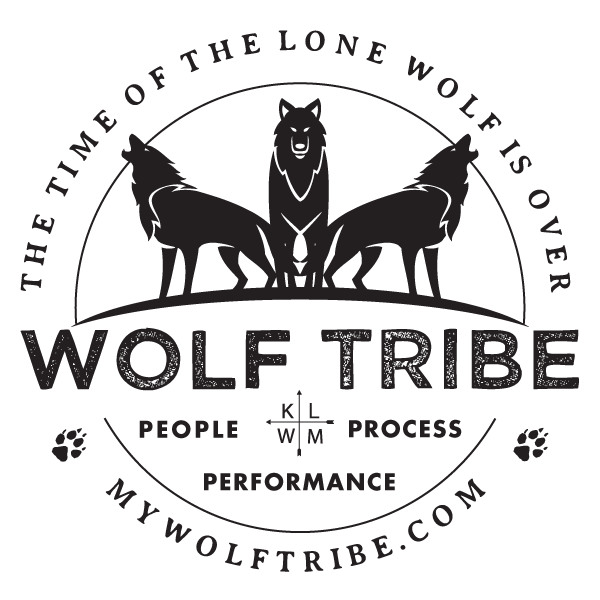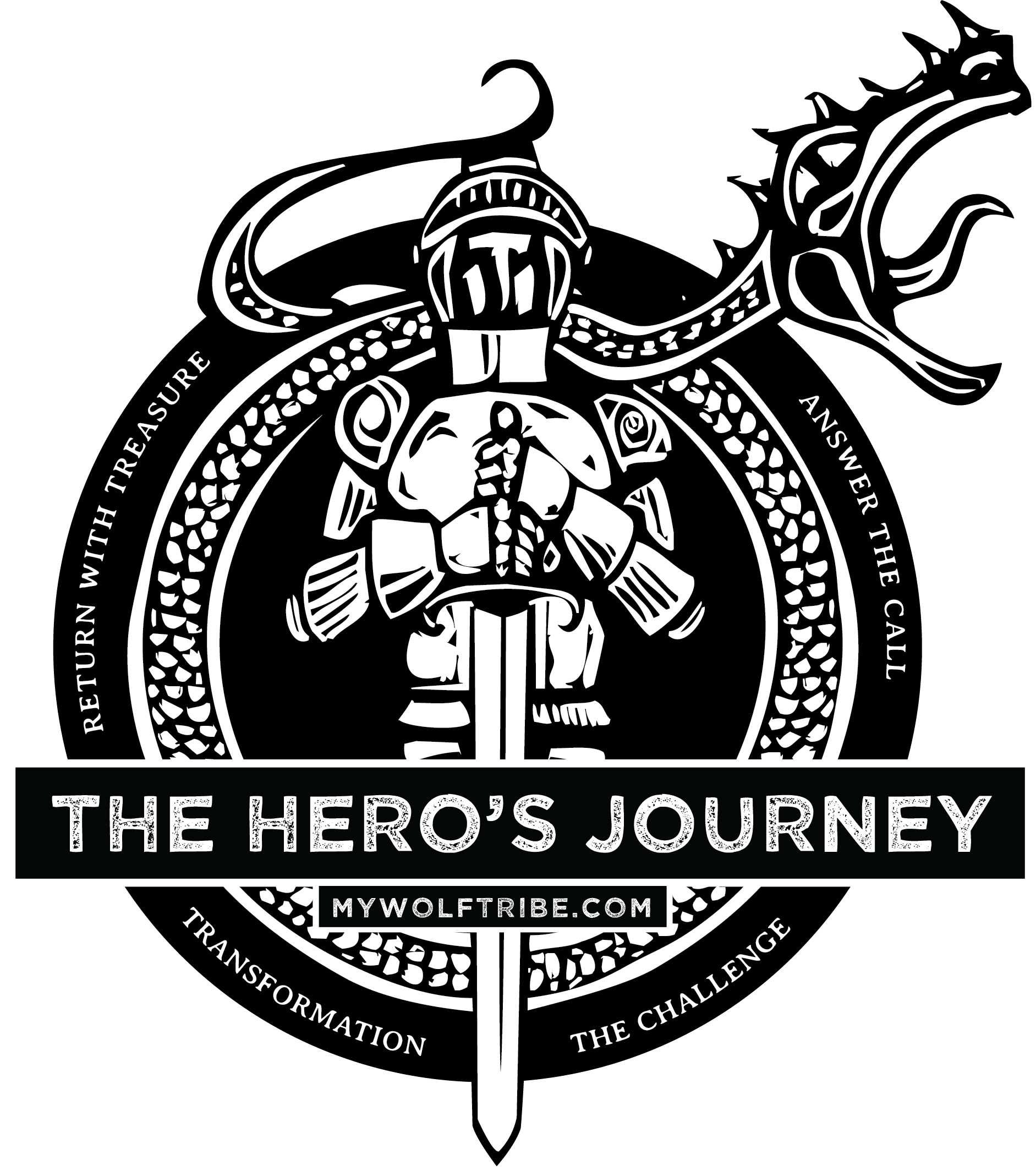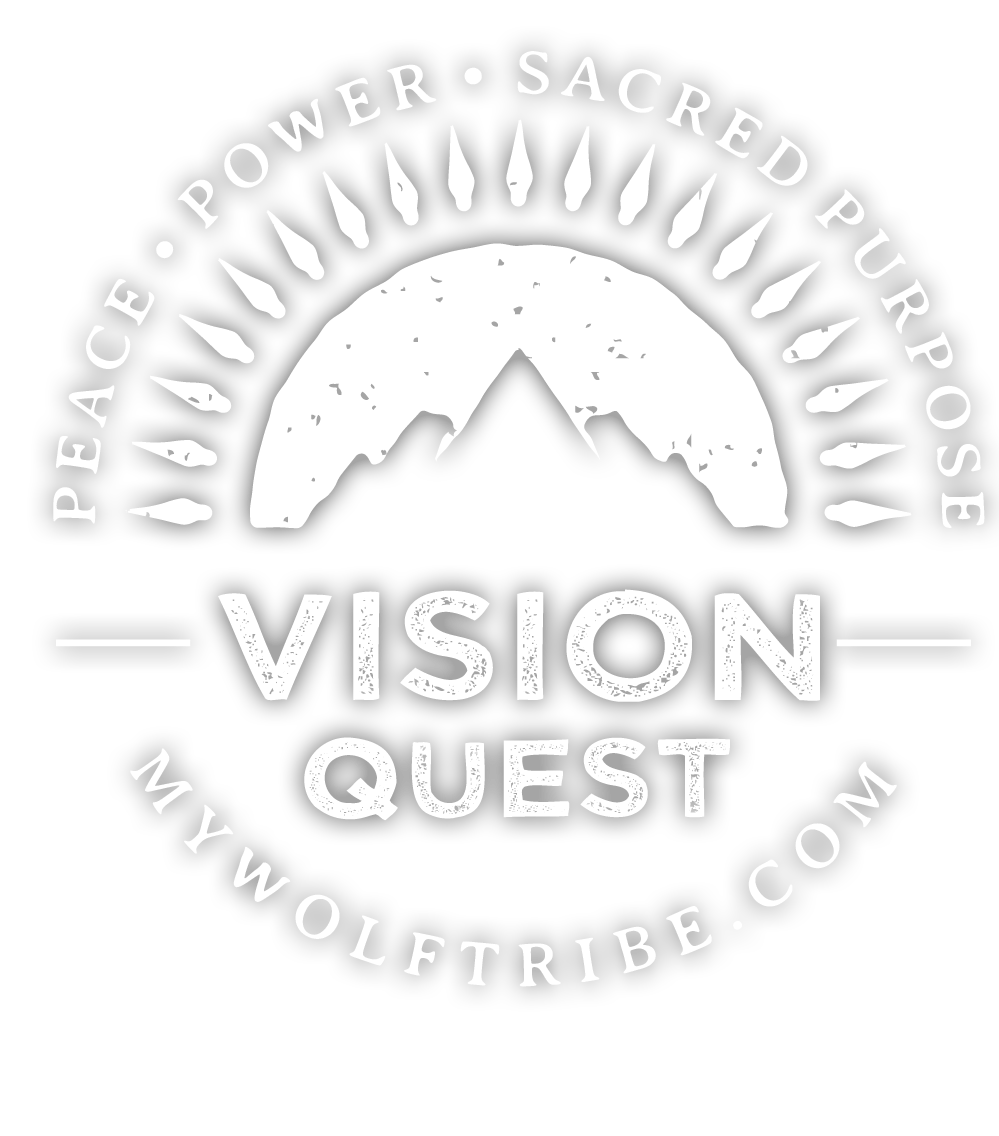Tribework for Sustainable Thriving Series
This is a remote 4 phase version of Philip Folsom’s critically acclaimed Tribework program. These workshops are a unique blend of high impact leadership theory and organizational development woven into a captivating tapestry of history, mythology and current events.
“The best development investment I’ve made was Philip’s workshop. We are a stronger more capable team thanks to him
”
Phase 1, The Hero’s Journey
A roadmap of how to begin our organizational journey of purpose, defeat our dragons and return with the treasure to heal our kingdom.
The Hero’s Journey is the Master Map that defines the way all people and organizations engage with the challenges of the unknown. An understanding of this vital psychological framework allows us to powerfully and skillfully navigate the unavoidable adversity of life with purpose, passion and success. The Hero’s Journey teaches us how to:
Define our true value and brand and to commit powerfully to it.
Avoid the resistance of fear, distractions and excuses.
Find and engage our career allies and the wisdom to overcome seemingly overwhelming challenges.
Unlock strategies to deal with both anxiety and depression and thrive during adversity.
Face your biggest fears and use them for transformation.
Unlock the superpowers of growth and service.
Phase 2: The Tribe Triangle
The ancient universal map of how to create an honor-based, healthy and sustainably high-performing culture. The Tribe Triangle is the Master Map that defines the simple and often misunderstood sequence of transforming a good team into a great tribe. This universal structure sits at the core of championship sports team, elite military units and also packs of wolves. The Tribe Triangle outlines the vital components of alignment which transform coworkers into kinfolk and transactional pride-based culture into reciprocal honor-based culture. Hacking and implementing the Tribe Triangle makes our individuals and teams:
More resilient, innovative and efficient
More engaged and competitive
Moving from group to team to tribe using the levers of alignment.
Crafting the Vision or North star of the team
Establishing the Values that guide the behavior of team toward the Vision
Creating Kinship and Belonging
Establishing the Trust and Safety that make Accountability and Healthy Conflict possible.
Healthier, happier and higher performing!
Phase 3: Archetypes of the Tribe
The map and north star of human kinship and relationships. The Archetypes are the most ancient and powerful structure that holds our society and species together. This transformational system defines the unique and specialized roles that we all play in our families, teams and communities. The way these Archetypes interact with each other creates the ability to maximize success and adaptability. Understanding and utilizing the Archetypes of Humanity allows us to:
Navigate conflict skillfully and successfully.
Maximize our personal and professional growth and development.
Form deeper relationships with our friends and co-workers.
Activate the human superpower of true collaboration and synergy.
Manage people and projects with accomplishment and success.
Phase 4: The Quest
Where are we? Where are we going? WHO do we need to be to get there?
Humans are pack hunters and we love to explore, achieve, express and play offense. This is The Quest and it establishes the environment for optimal performance and sustainable team engagement. When we are lost in the giant mall of our lives and we finally get to the big map on the wall that contains all the answers what’s the first thing we look for? You are here!Next we must decide on where we are going and then WHO DO WE NEED TO BE TO GET THERE?During The Quest workshop we will explore and discover:
Effective Goal Setting
Shaping an environment of Engagement
Establishing the key ingredients for collaboration
The 4 pillars of a successful and sustainable project
SMART goals
Intuition and the limbic system as an internal compass




